Using the Red Beasts to Help Recognise and Regulate Emotions
Free Downloadable Activities
Emotional Regulation for Neurodiverse Students
Managing Children’s Anger and Developing Emotional Literacy
Understanding Children’s Anger
Check out some great free activities to use with children below.
Anger can manifest in different ways for children. Some children may react aggressively or shut down when angry. It’s important to educate children on managing their own anger. Children need emotional regulation skills to fully engage and participate positively in the classroom.
Recognizing Your Own Emotions
Adults need to tune into their own emotions and share these openly with children. This modeling helps children understand emotions and that it’s normal to experience anger, anxiety, and more. Take time to write down your own emotions throughout the day to build self-awareness.
Sharing Emotions with Children
Verbally share your emotions with children to normalize feelings for them. Explain what situations caused certain emotions and how you self-regulated. Ask children to share their own emotions after various activities and events. Build class surveys and open discussions on feelings.
Making Emotions Visible
Emotions can seem invisible to children. Using visual illustrations and metaphors makes anger, anxiety, and more concrete. Books like ”The Red Beast- Picture Book” include colorful images to depict emotions and regulation strategies visually.
Teaching Emotional Literacy
Emotional literacy should be taught like reading literacy. Surround children with modeling, discussion, and activities about feelings. Have them recognise emotions in themselves and others. Develop their emotional vocabulary.
Join my course where I give all the tips and strategies for teaching emotional literacy/emotional regulation.
Emotional Regulation Strategies
Equip children with a toolbox of strategies to manage emotions, like breathing exercises, movement breaks, listening to music, talking it through, and more. Tailor strategies to individual children’s needs.
Using Visuals and Activities
Activities like acting out emotions or using visual prompts make emotional literacy hands-on. The Red Beast workbook activities have children classify words as kind or hurtful and visualize emotional arousal levels.
Parent and Teacher Cooperation
Managing children’s anger takes teamwork between parents and teachers. Educators can provide strategies and emotional literacy foundations, while parents reinforce these skills consistently at home.
Consistency and Repetition
Building any skill requires consistent practice over time. Emotional regulation must be exercised daily to become engrained habits, like learning to read or toilet training. Aim for 14 days of focused emotional literacy activities.
Self-Regulation Skills
The ultimate goal is children independently managing their emotions, not relying solely on adult regulation. With greater emotional awareness, children can recognize rising anger and apply the taught calming strategies.
Tools for Managing Anger
Provide children with a toolbox of techniques to pull from when emotions surge, like deep breathing, movement breaks, focused listening, and comforting sensory items. The more tools they have, the better prepared they are in any situation.
Preventing Meltdowns
Work on recognizing emotional triggers and signs of escalation. Help children intervene early before reaching full meltdown mode, when regulation is extremely difficult. Over time, this prevention lowers meltdown frequency.
The Red Beast Resources
The Red Beast Book
This illustrated children’s book makes anger visible through the metaphor of the red beast. It normalizes and explains anger in child-friendly ways that inspire discussion. here
The Red Beast Workbook
With engaging activities and illustrations, this workbook helps children understand anger triggers, bodily signs, and management strategies over 14 days. here
Using Workbook as 14-Day Program
The 2-week workbook program aims to build emotional literacy through repetition. This cements new coping skills into long-term memory for children to access a
Challenging Behaviour in the Classroom: Emotional Regulation in Students with an Autism Spectrum and/or other Neurodiversity
✅ Online On-demand Course
✅ Transcript to refer back to forever
✅ 74 Pages of Downloadable and Printable Resources
✅ Certificate of Completion
USUALLY $149, ON SALE FOR $79
✅ Usually 6 weeks to complete,
6 MONTHS TO COMPLETE IF YOU BUY IT ON SALE

Red Beast Anger Workbook
Sue Explains…
This very practical workbook shows Danni coming to terms with the reasons for his angry outbursts and learning ways to control his Red Beast.
Included are a number of black & white illustrations from the new edition that are excellent for discussion times – the children can colour them in as you talk about the content – very therapeutic.
Suitable for ages 5 to 10.
$48.95
19 in stock
The Red Beast
Sue Explains…
| by K.I. Al-Ghani | This vibrant, fully illustrated children’s storybook is written for children aged 5+, and is an accessible, fun way to talk about anger, with useful tips about how to tame the red beast and guidance for parents on how anger affects children with Asperger’s Syndrome.
$45.95
11 in stock
8 Key Ways You Can Use the Red Beast Workbook to Help Children to Understand and Regulate Anger
1. Use Metaphors to Explain Anger: The concept of the “Red Beast” serves as a metaphor for anger, making it easier for children to understand and visualize their emotions.
2. Teach Emotional Regulation: It’s important to help children recognize their emotions and learn how to control them. This can be done through activities and exercises that promote self-awareness and self-control.
3. Implement a Consistent Program: The workbook is designed as a 14-day program, emphasizing the importance of consistency and repetition in teaching emotional regulation.
4. Promote Positive Reinforcement: Praise and positive reinforcement are key in helping children manage their anger. Recognize their efforts and progress to motivate them to continue practicing their anger management strategies.
5. Incorporate Whole-Class Activities: The workbook and its strategies are not just for individual children struggling with anger. They can be used for the whole class to promote a better understanding of emotions and empathy among peers.
6. Understand Sensory Sensitivities: Recognise that sensory sensitivities can be a significant trigger for anger in children. Some children may be oversensitive to certain stimuli (like the sound of others eating or the texture of certain materials), while others may be undersensitive. Understanding these sensitivities can help in managing situations that might trigger anger.
7.Use Visual Aids: Visual aids can be a powerful tool for teaching children about their emotions. For example, using the analogy of bowls of different sizes to represent sensory systems can help children understand why they might react differently to certain stimuli.
8. Individualise Learning: Recognise that each child is unique and may react differently to different situations. What works for one child may not work for another. Therefore, it’s important to individualize learning and strategies for managing anger.

BOOKS FOR EMOTIONAL REGULATION
-
The Red Beast
$45.95 -
The Panicosaurus
$45.95 -
The Disappointment Dragon
$45.95 -
How to be a Superhero called Self-Control
$45.95 -
The Green-Eyed Goblin
$45.95 -
Stay Cool and In Control With The Keep-Calm Guru
$45.95 -
Self-Control to the Rescue
$45.95 -
Winston Wallaby Can’t Stop Bouncing
$45.95 -
Super Shamlal – Living and Learning with Pathological Demand Avoidance
$45.95 -
Are You Feeling Cold, Yuki?
$45.95 -
Red Beast Anger Workbook
$48.95 -
The Mindful Magician and the Trip to Feelings Town Tips and Tricks to Help the Youngest Readers Regulate their Emotions
$42.95 -
Sale!
The Red Beast Bundle
Original price was: $94.90.$77.90Current price is: $77.90.
Challenging Behaviour in the Classroom: Emotional Regulation in Students with an Autism Spectrum and/or other Neurodiversity
✅ Online On-demand Course
✅ Transcript to refer back to forever
✅ 74 Pages of Downloadable and Printable Resources
✅ Certificate of Completion
USUALLY $149, ON SALE FOR $79
✅ Usually 6 weeks to complete,
6 MONTHS TO COMPLETE IF YOU BUY IT ON SALE

Are you?
- Passing on a student with Neurodiversity to another educator next year
- Do you know a student who will be changing teachers, classrooms, or school settings in 2026
- Planning your staff, classes for 2026
Now is the time to prepare for 2026.
By joining my course, you will get the knowledge, skills and strategies to set yourself and your students up for success in 2026.
If there's even a remote possibility of having a child with Neurodiversity in your classroom next year, join me to prepare now.
Training in the first term often presents challenges:
- Don't want a day out for training when setting up class at the start of the year.
- Students with neurodiversity may start off dysregulated because the necessary structures and strategies are not yet in place.
- Educators find themselves playing catch-up while addressing 'behaviours'.
- Many educators feel overwhelmed.


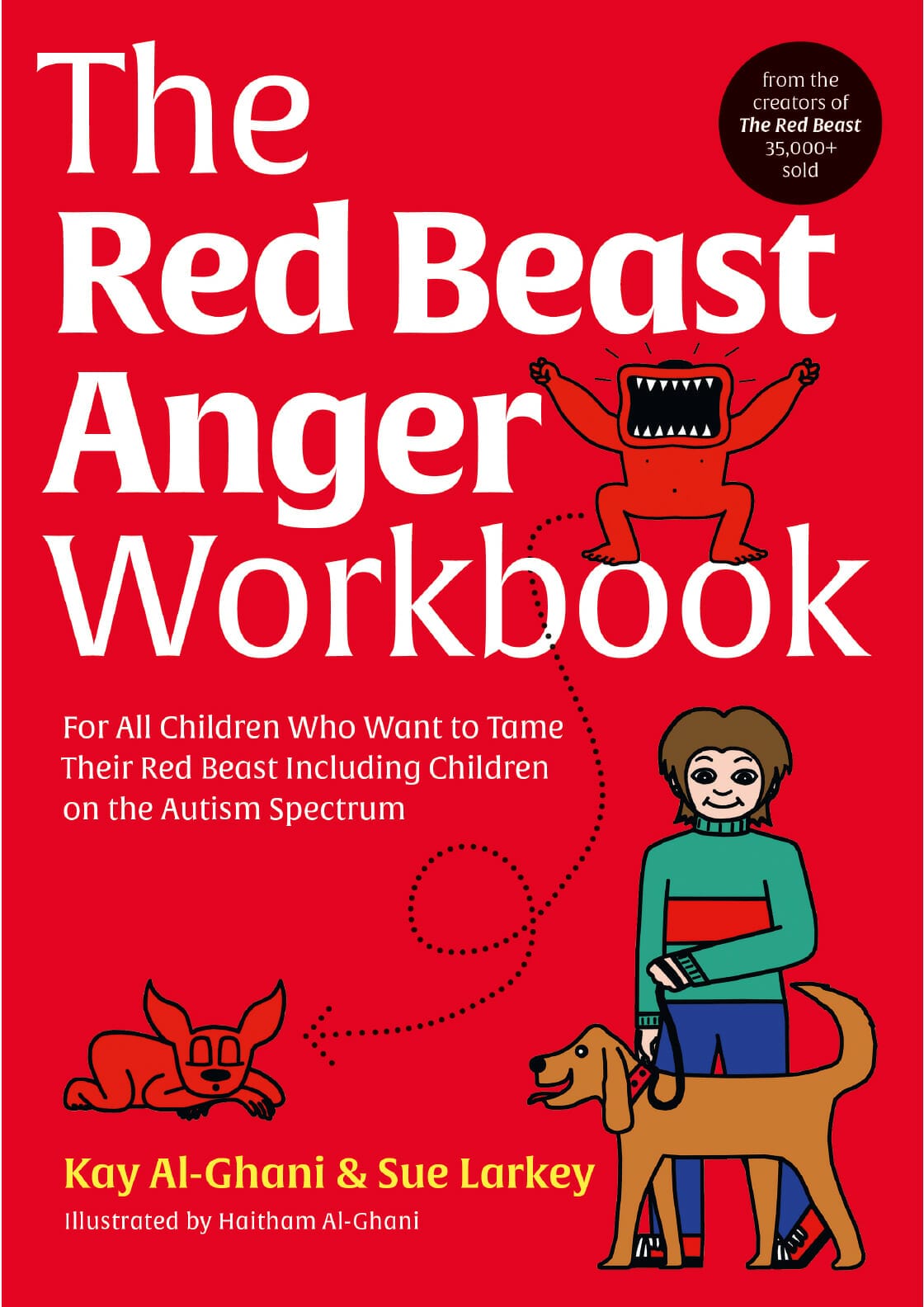
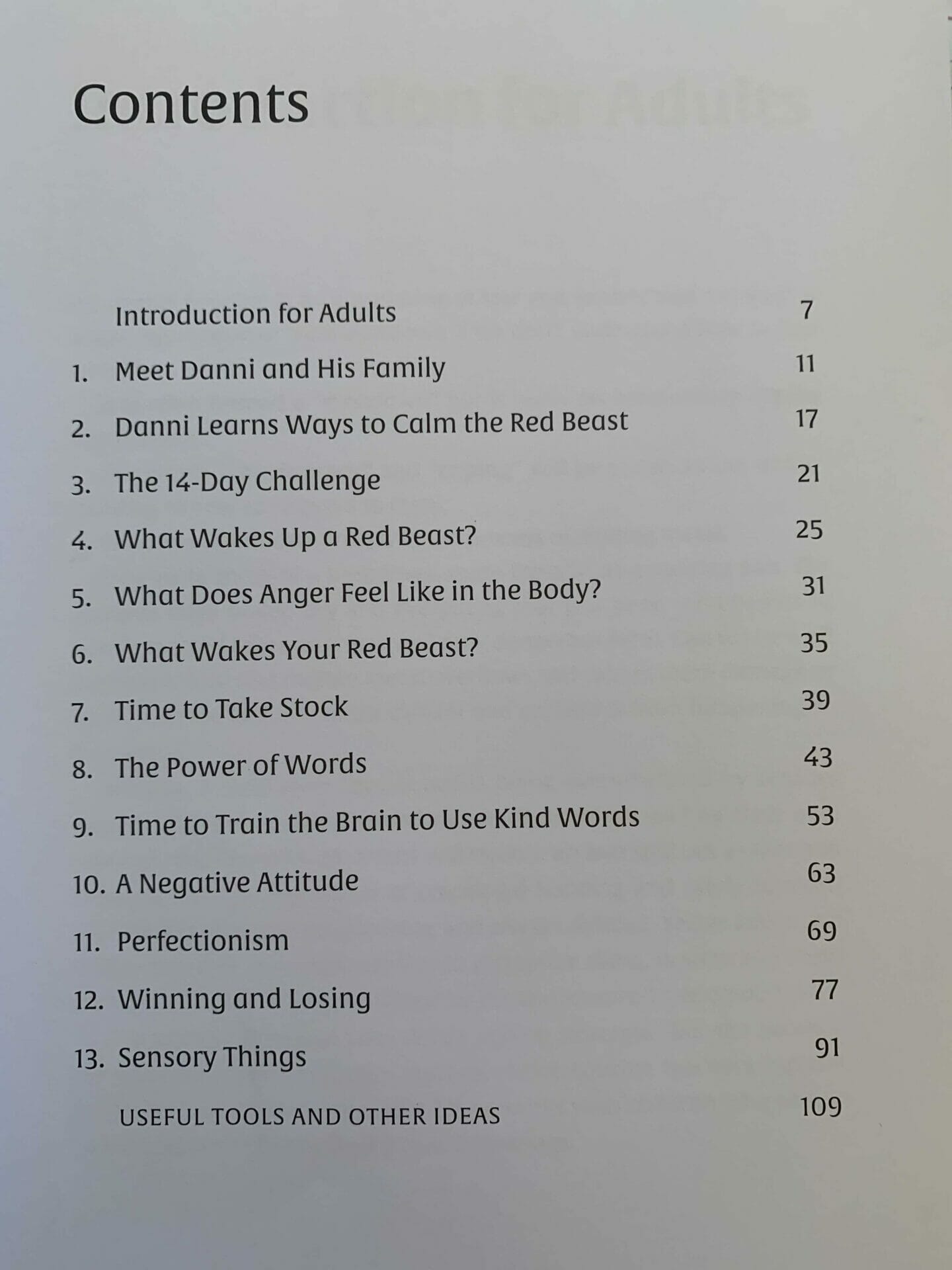

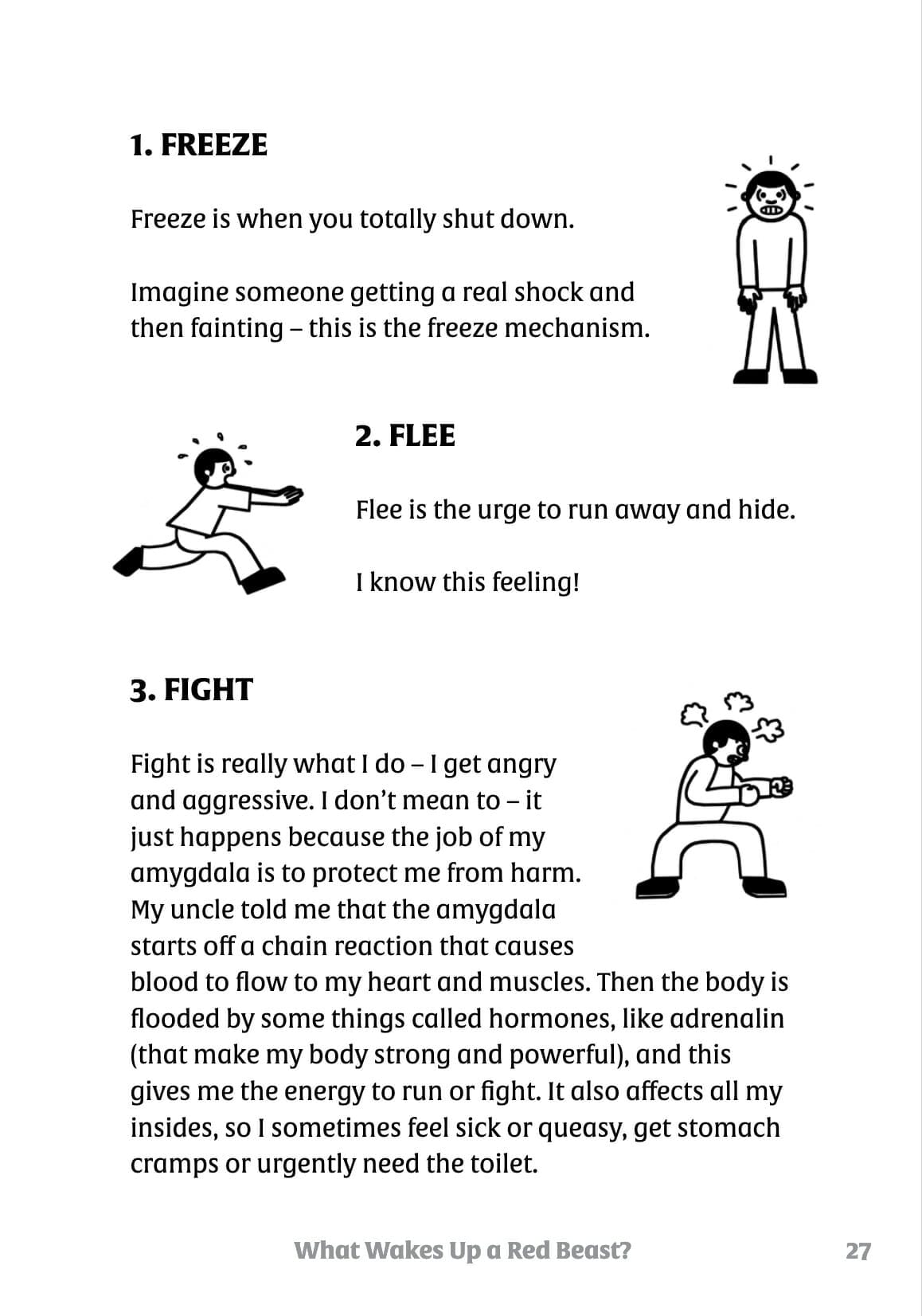
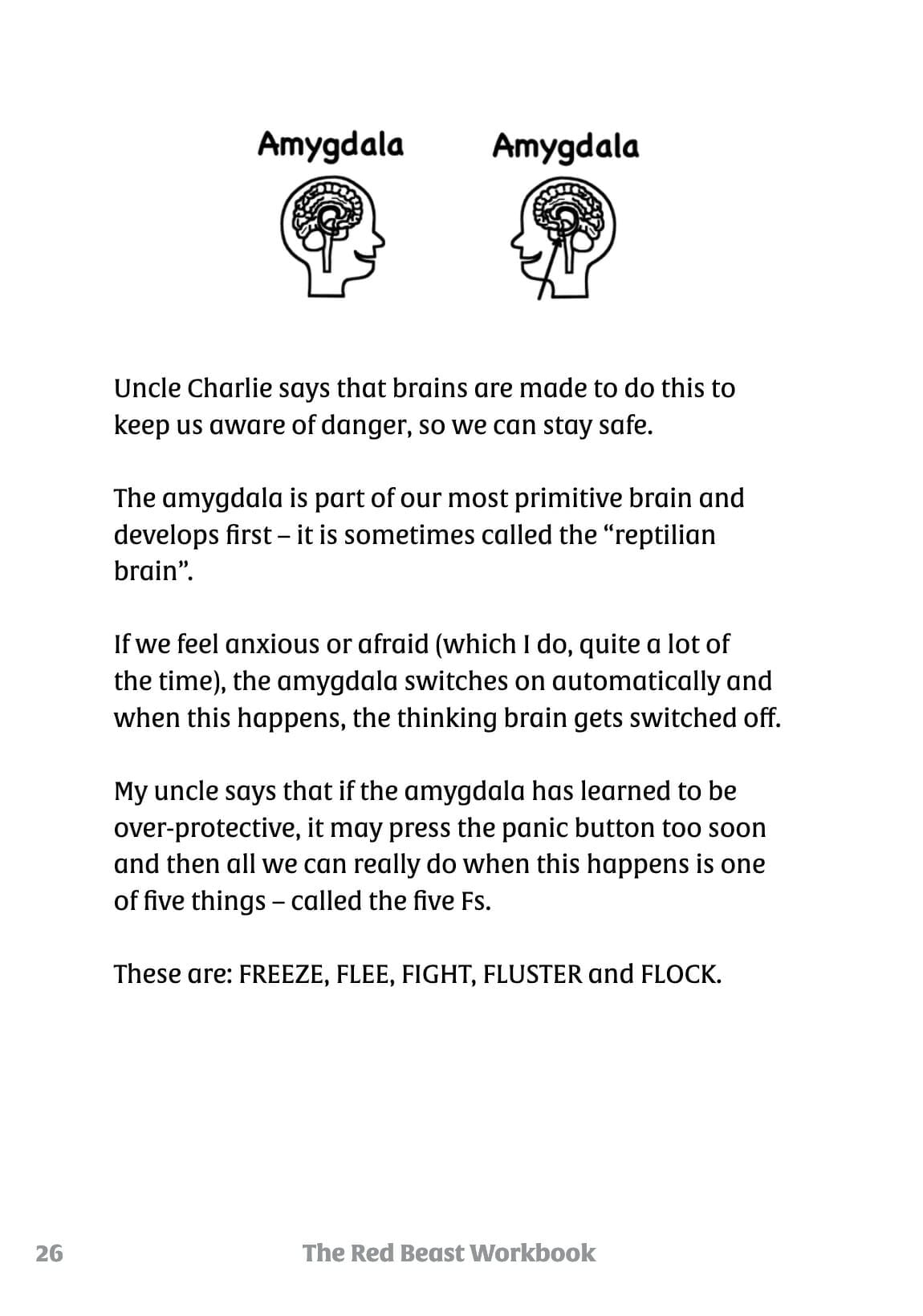
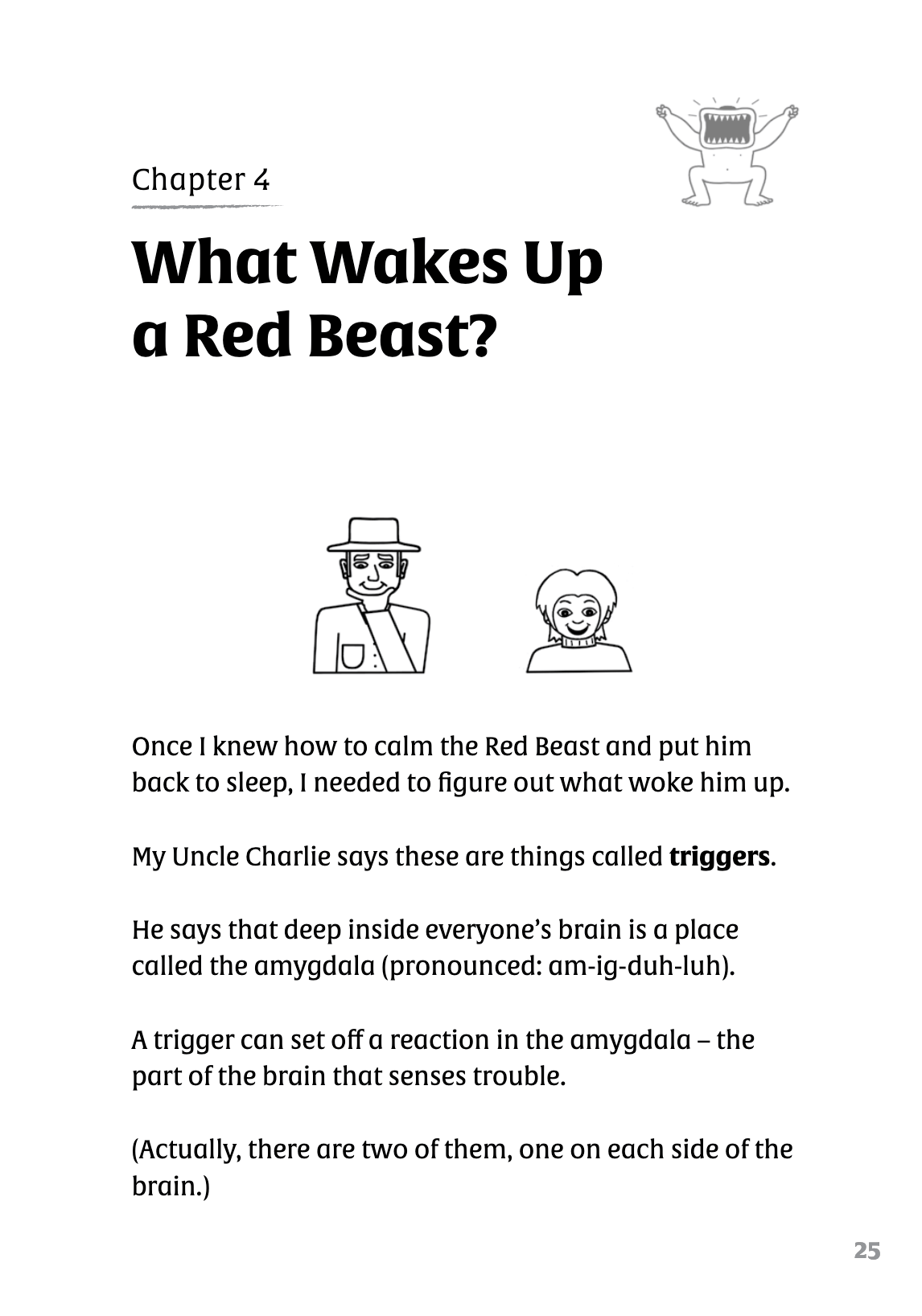
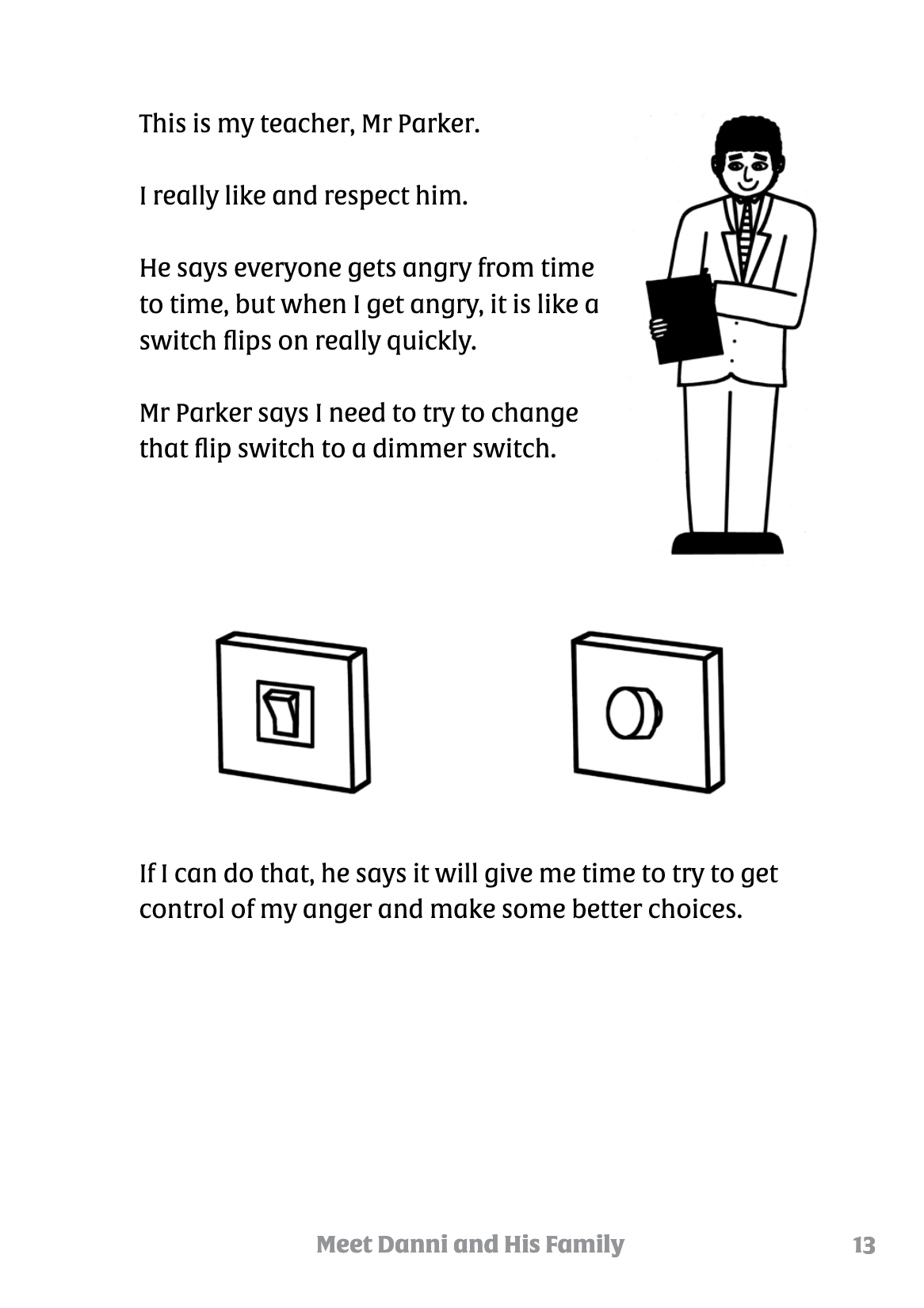
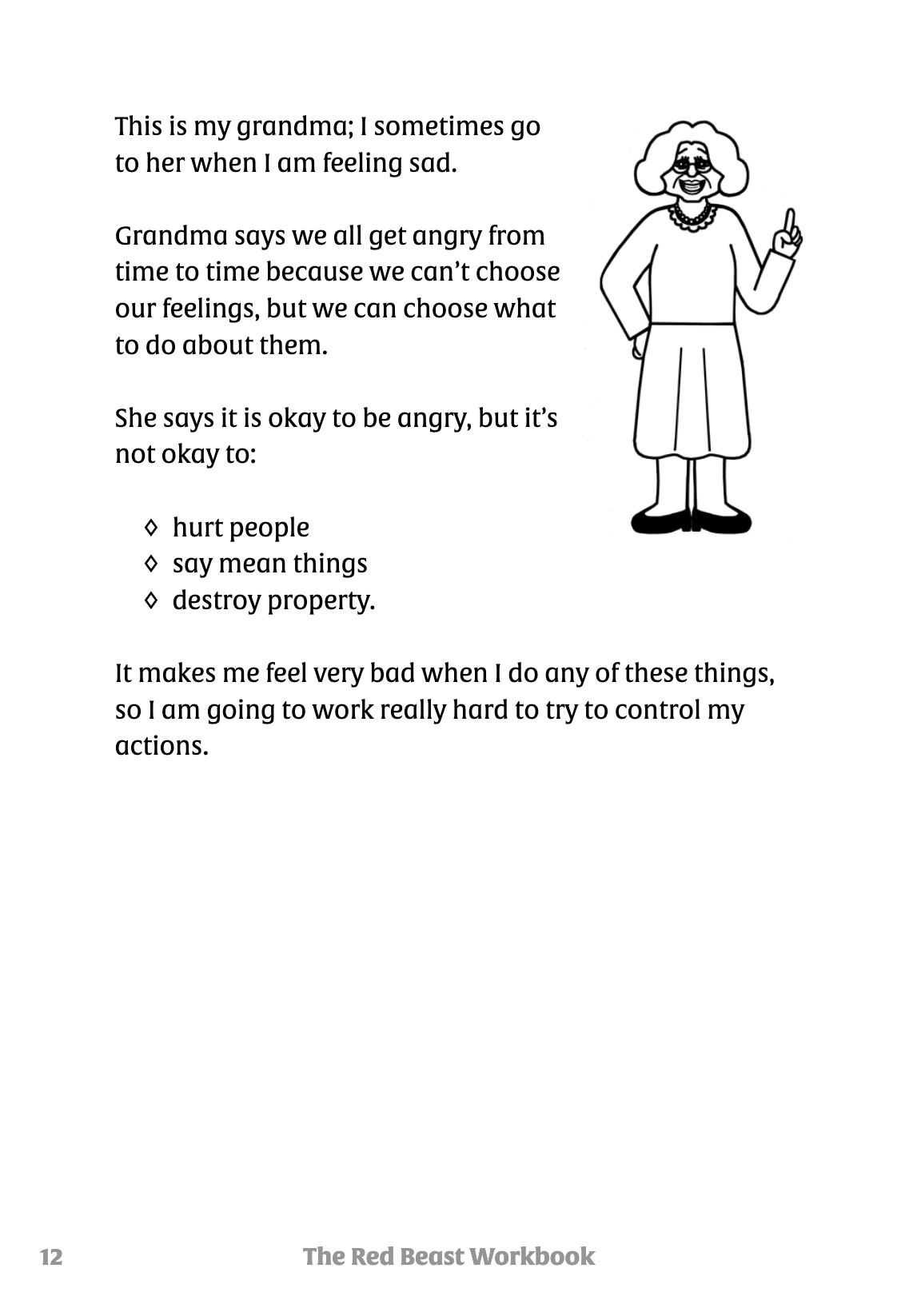

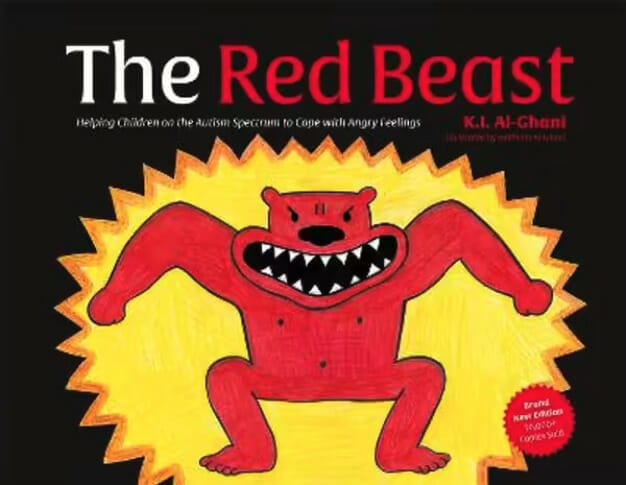

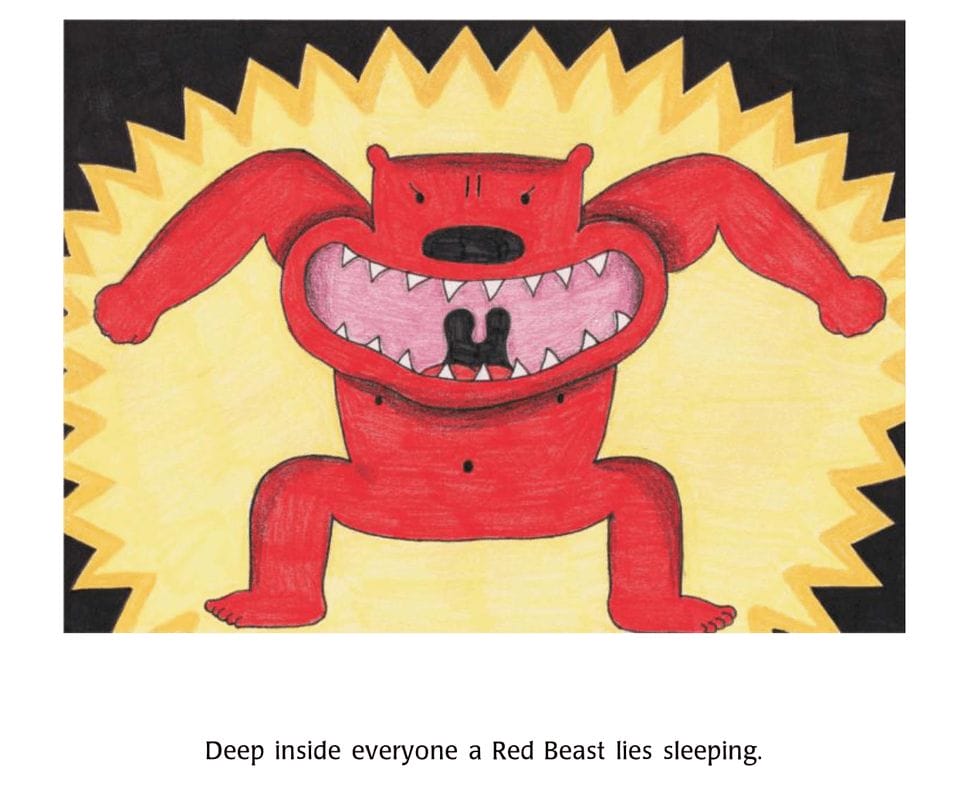

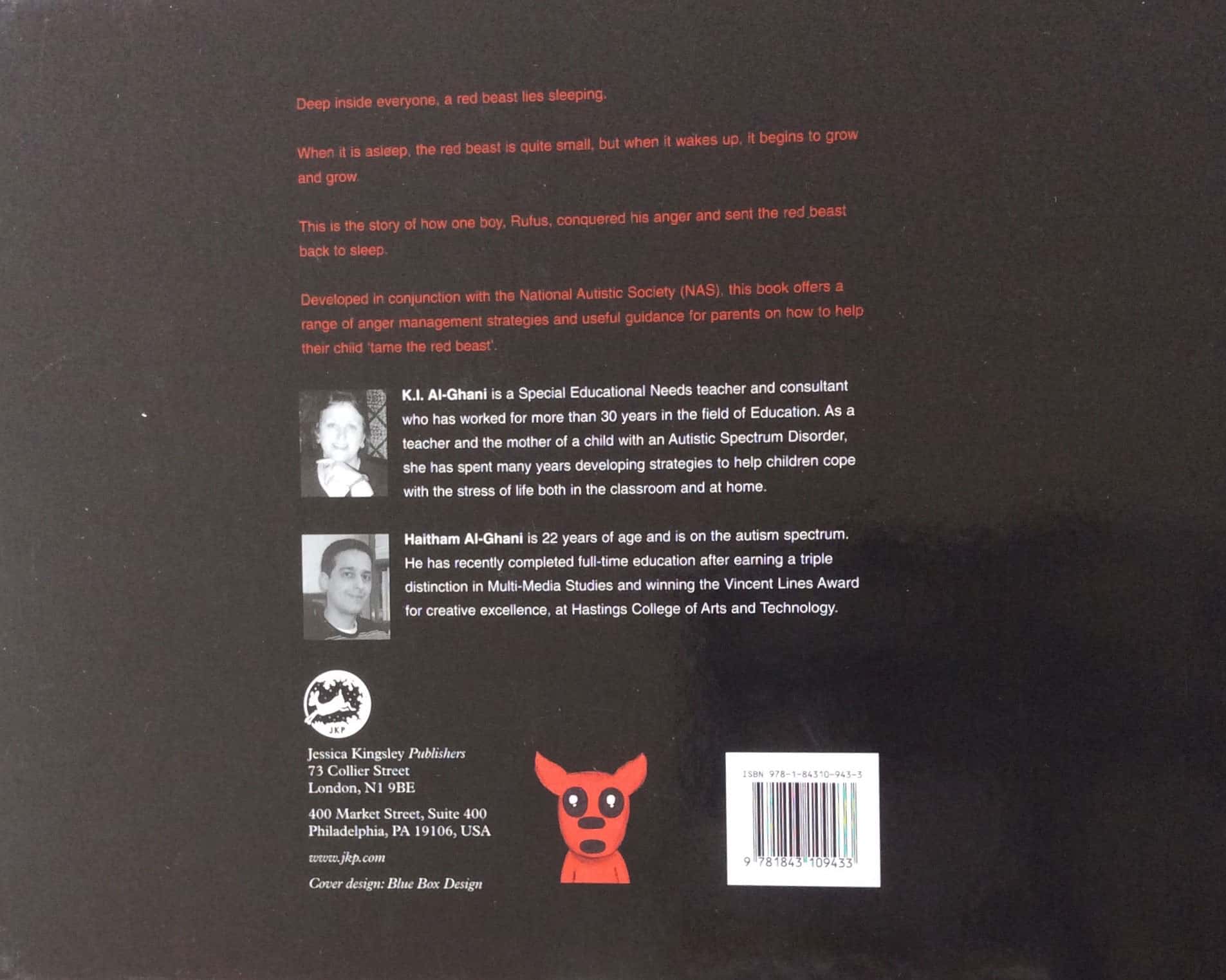
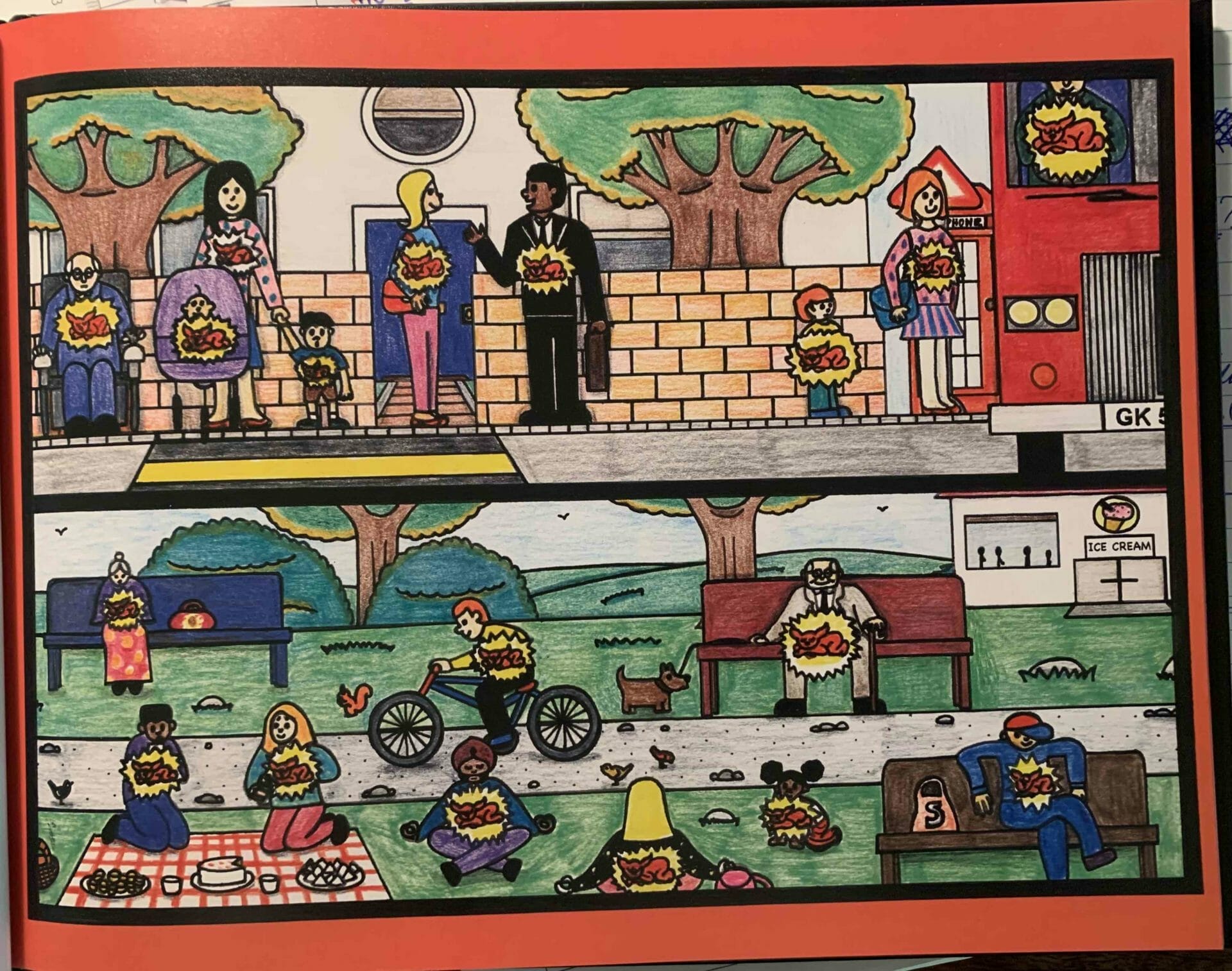




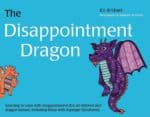

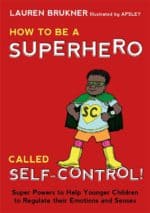


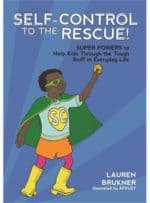



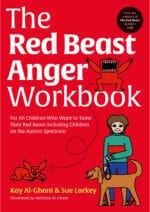





 Sorry we no longer ship items outside Australia. Please consider the digital versions of Sue’s Books –
Sorry we no longer ship items outside Australia. Please consider the digital versions of Sue’s Books – 